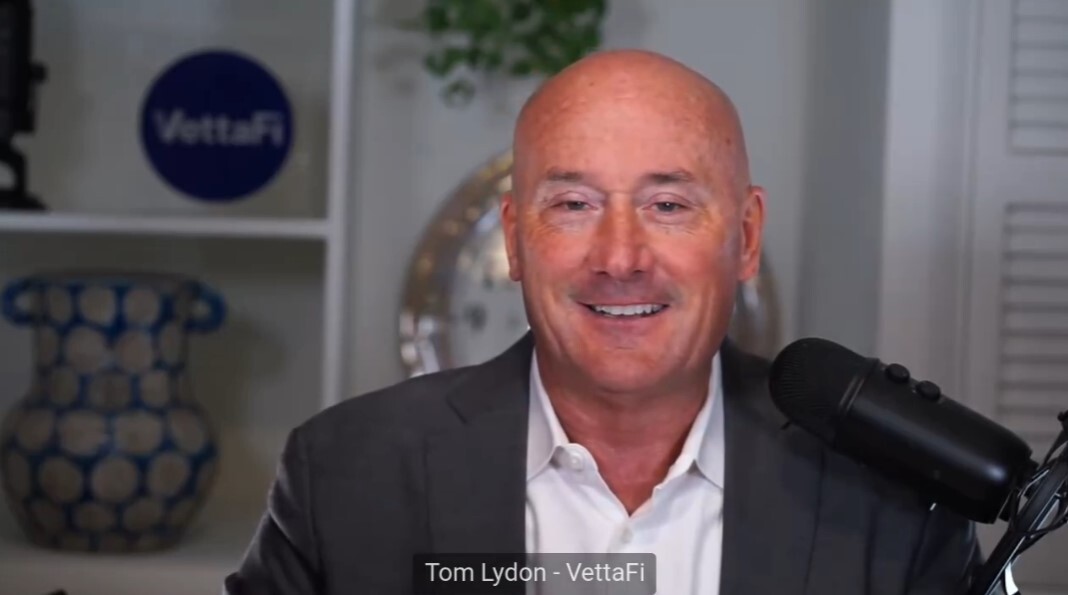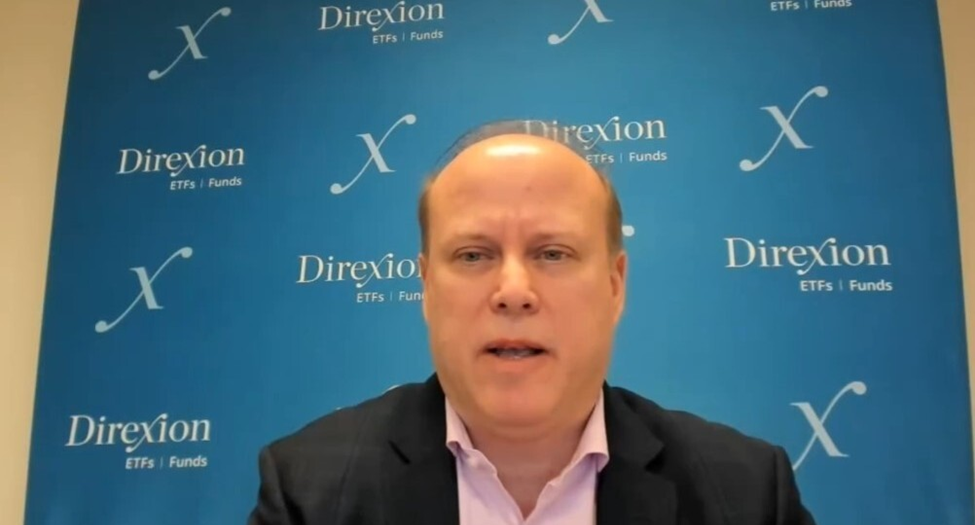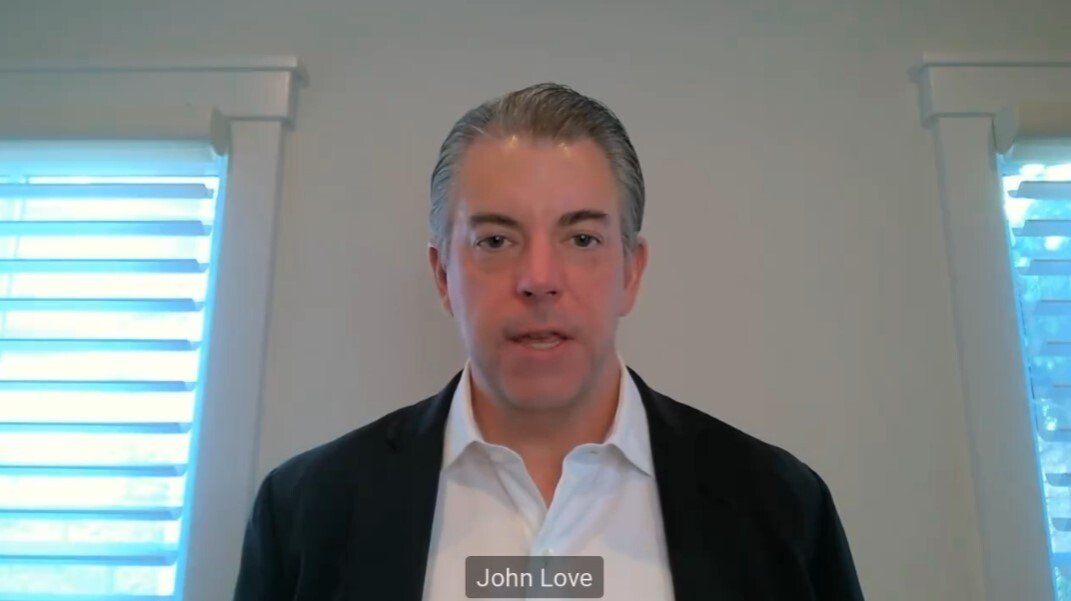Commodities entered 2023 behind a strong performance in 2022. For investors revisiting their portfolios ahead of 2024, it may be worth assessing the commodities outlook. From energy to precious metals, commodities can add meaningful diversification to a portfolio. VettaFi’s Vice Chairman Tom Lydon hosted a panel discussion with Direxion’s Head of Sales and Distribution and Alternatives Ed Egilinsky, and John Love, president and CEO of USCF Investments.

Tom Lydon, VettaFi Vice Chairman

Ed Egilinsky, Head of Sales, Distribution and Alternatives at Direxion

John Love, President & CEO of USCF Investments
Looking Back on the Commodities Outlook
The trio opened up the conversation looking back on the year in commodities, from China’s disappointing reopening to energy prices. Following a decade of low inflation and low interest rates, commodities overall had lagged. However, the higher-for-longer rate environment, combined with persistent inflation, has boosted the commodities outlook since then.
“If you held a commodity allocation over the last three years, you’ve held up very well against stocks and bonds,” Love said.
Whatever the commodities outlook, however, advisors and investors should remember that they also offer significant diversification, Egilinsky added.
“Diversification is the key reason you would consider commodities regardless of the environment,” he said. “The low correlation to stocks and bonds, and the fact that it could generate another source of alpha really differentiates it from just owning a traditional stock and bond portfolio.”
Inflation, China, and Energy in the Commodities Outlook
Higher inflation isn’t the only boost for commodities given the correlation between inflation and higher interest rates, Egilinsky noted. The higher rate environment also boosts commodities allocations thanks to their frequent use of futures and cash.
“When you trade commodities, you’re using futures. The margin to equity is very low there. So the preponderance of the portfolio, even if you’ve fully invested, is in cash,” he explained. “Now you’re getting paid basically on that collateral, and you’re defensive and go to cash with some commodities, like we do at times with our strategy. You’re paid to wait now as well.”
Looking specifically at energy, China’s soft reopening somewhat dimmed a strong start for demand over supply to start the year, Love said, with supply ramping up in the second half. In addition, he noted, an OPEC meeting in the next week looms large. Copper, too, has felt the impact of domestic China factors, with the nation’s real estate troubles weakening demand for the key metal, per Egilinsky.
Finally, for gold, Love underlined that while the metal may not see particular challenges, it may lack tailwinds.
“Central bank buying certainly supports the price of gold. I don’t know, honestly, if they’ll continue buying in 2024,” Love said. “I don’t see tremendous downside for gold, but I’m not sure that there’s a catalyst to drive it up, especially with interest rates where they are.”
Commodities ETFs Ahead of 2024
Both Egilinsky and Love’s firms offer commodities-focused strategies with intriguing approaches. Direxion offers the Direxion Auspice Broad Commodity Strategy ETF (COM), which tracks the Auspice Broad Commodity Index. Charging 81 basis points (bps), the ETF’s index takes a rules-based, tactical approach to commodities, per Egilinsky.
“It’s long the commodity for showing a favorable price trend, but in cash, with a commodity showing a downward price trend. So we could be long anywhere from zero to up to 12 commodities and anywhere in between,” he said, adding that it looks to limit downside risk. “We look at COM as more of a core holding broad diversifier for commodity exposure.”
USCF Investments, meanwhile, offers the USCF SummerHaven Dynamic Commodity Strategy No K-1 Fund (SDCI). The fund charges a 71 bps fee to actively invest. Per Love, rather than hold the entire commodity universe, the strategy looks to offer beta to the entire commodity universe. It does so by holding all the commodity sectors and looking for market signals for which commodities likely have a lower inventory.
“We own 14 commodities at a time, not the entire commodity universe,” Love said. “If you look at this year, an equal-weighted basket of all the commodities in our universe would have been negative. SDCI is actually positive for the year because of the selection process in the in the fund.”
For more news, information, and analysis, visit the Commodities Channel.

